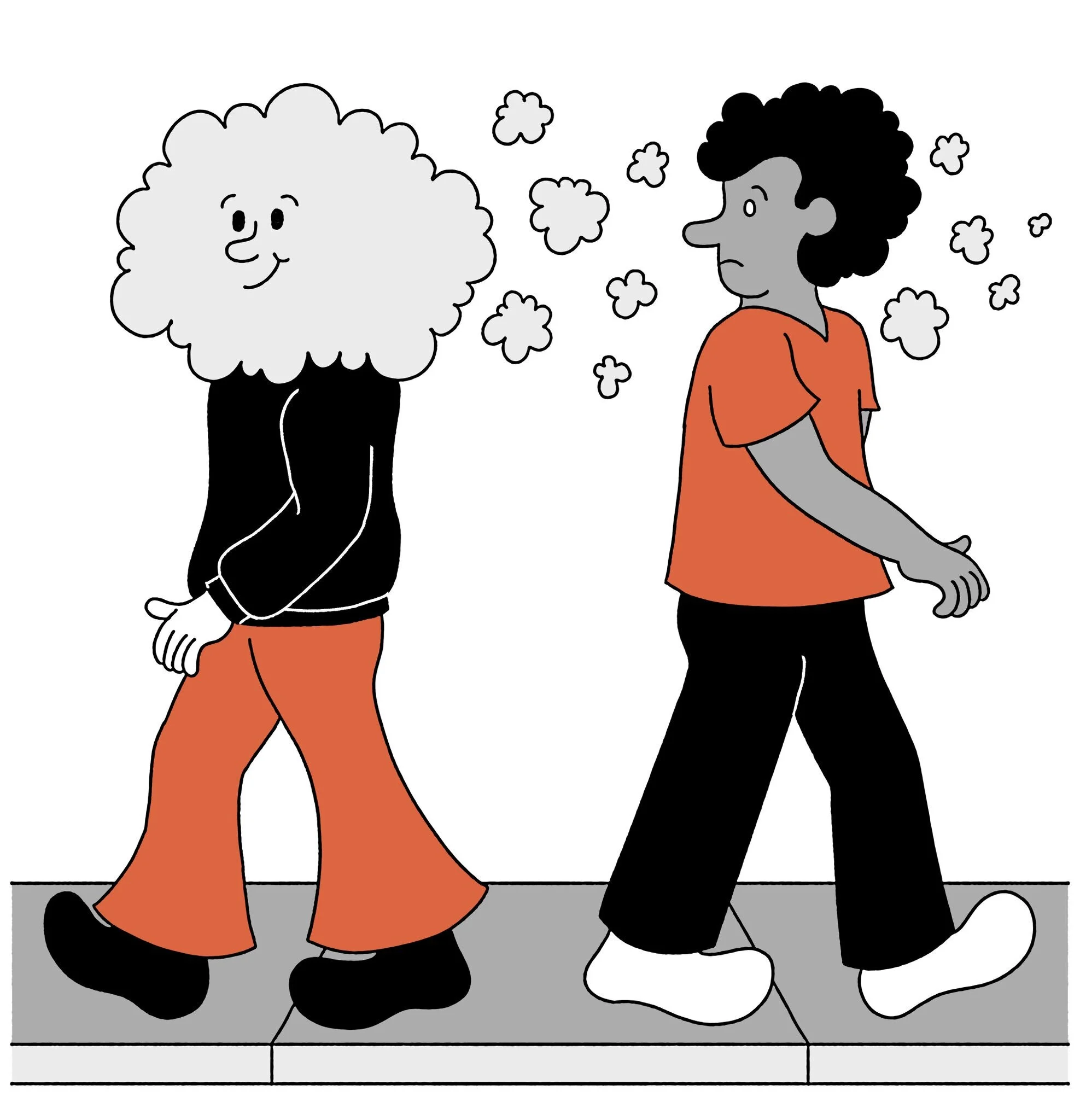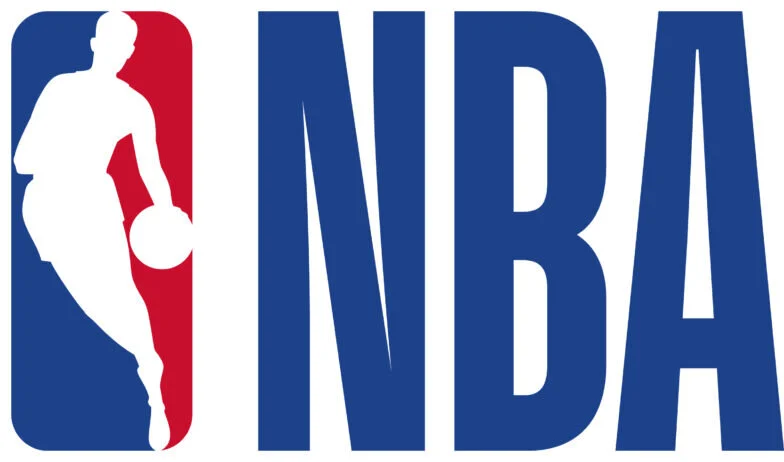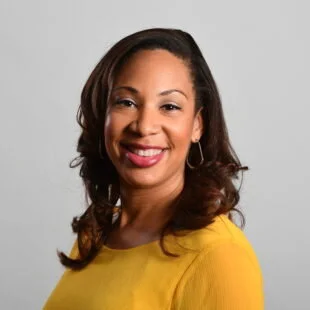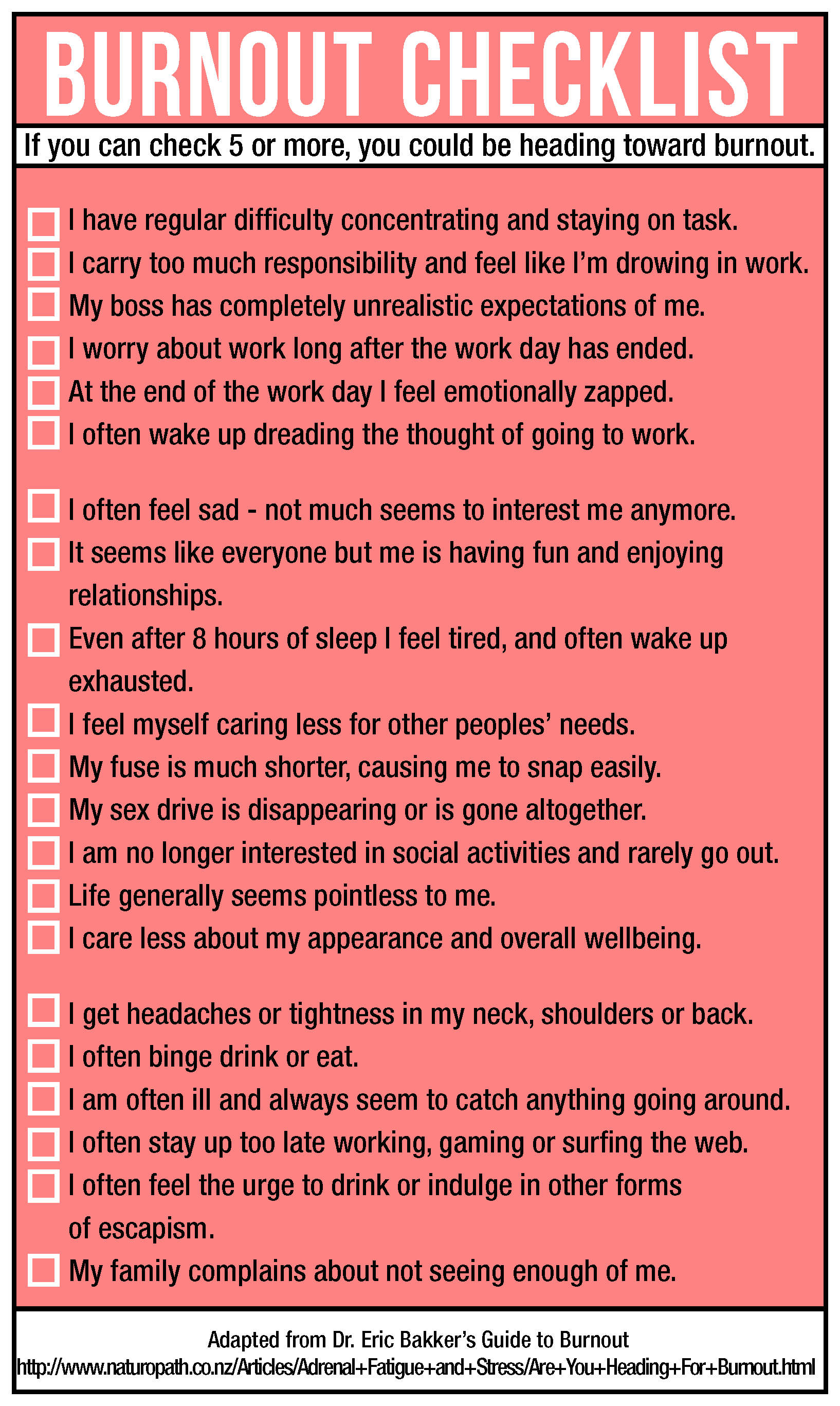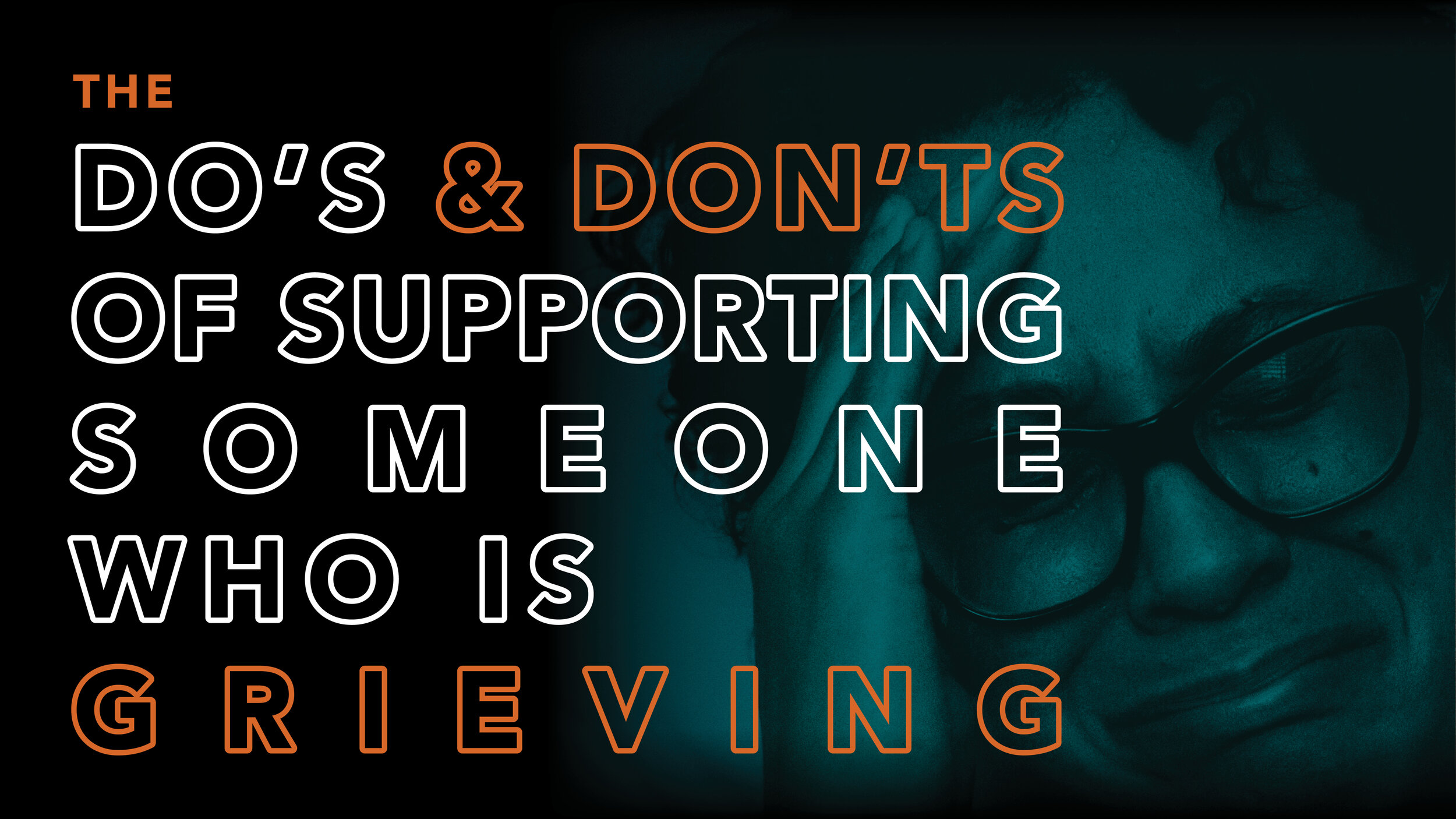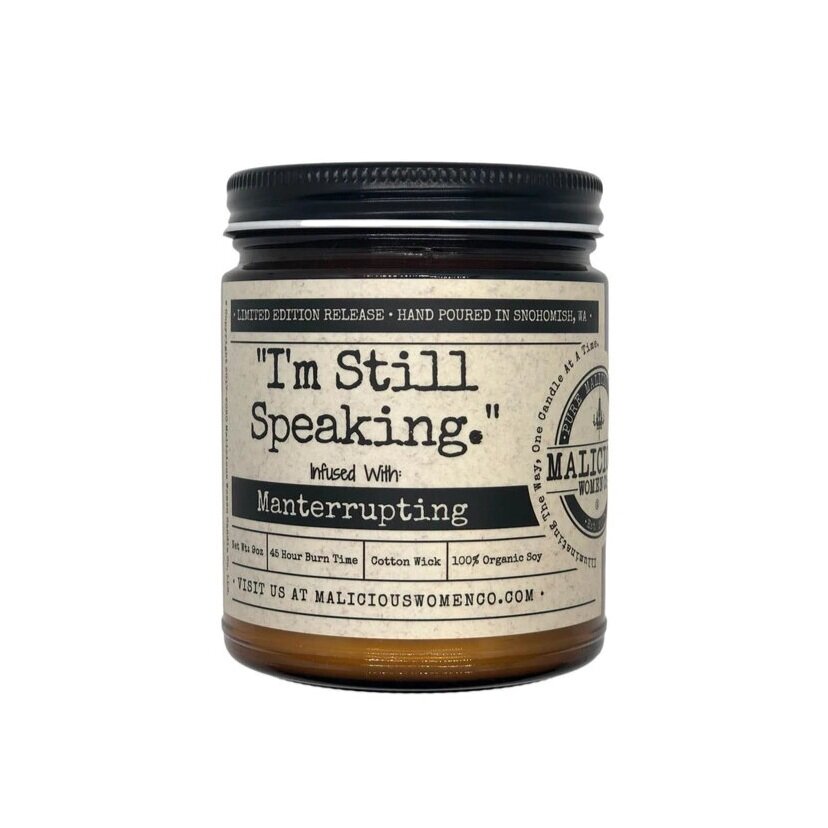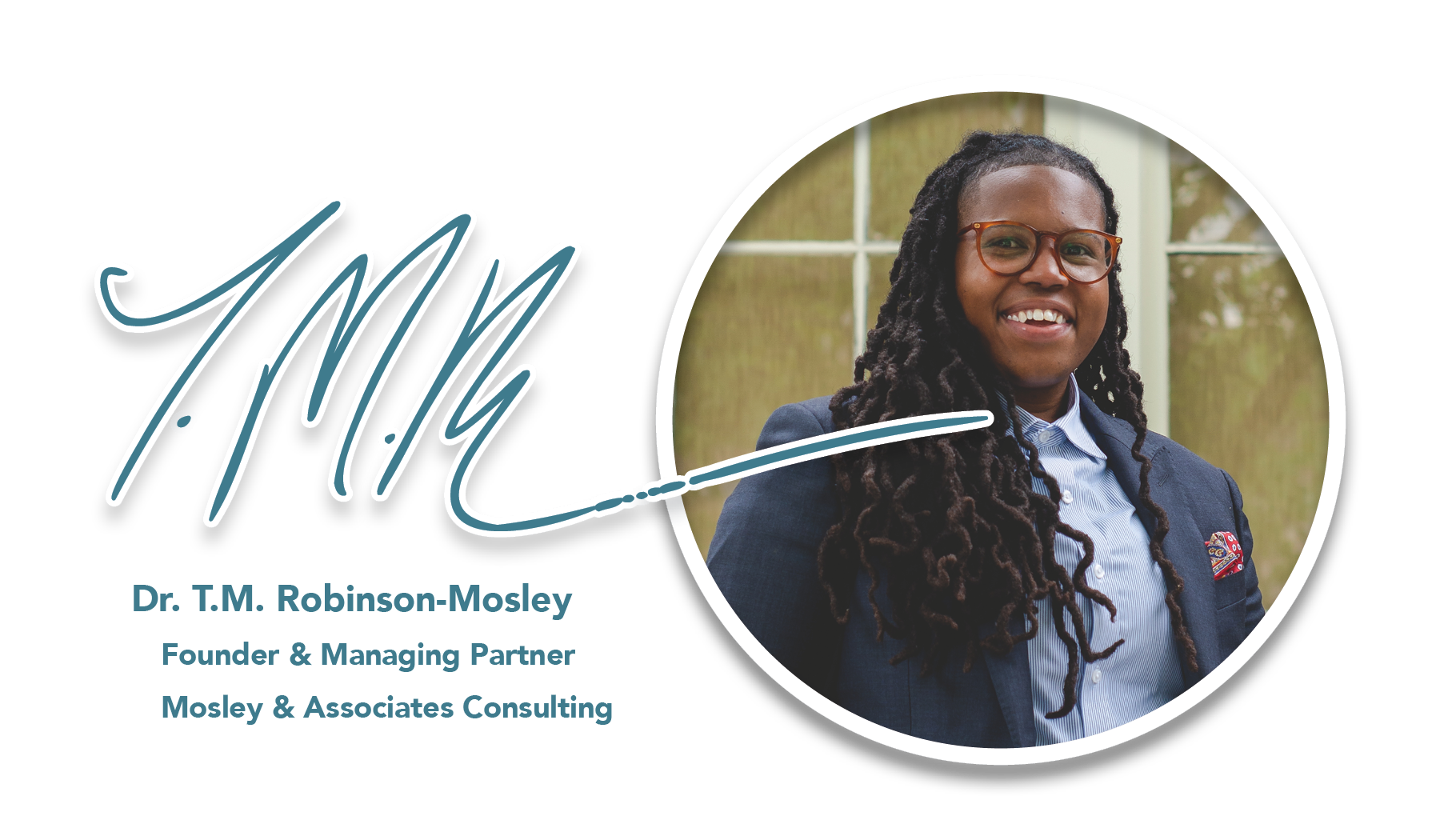According to the American Academy of Sleep Medicine, roughly 60 percent of people said they struggled with chronically bad sleep, giving rise to terms like “coronasomnia” to describe the phenomenon. Although infection rates have fallen and the country is re-opening, researchers continue to document a surge of pandemic-related sleep disorders and disturbances.
Unsurprisingly, our stress and anxiety levels skyrocketed during the pandemic, which are two of the root causes of insomnia. Upended schedules, significantly more screen time, increased alcohol consumption, and blurred lines between work and personal lives are just a few factors contributing to problems with sleep. Extended periods of poor-quality sleep can weaken the immune system, reduce memory and concentration, and increase the likelihood of developing chronic conditions like depression, Type 2 diabetes, and heart disease.
Once sleep is disrupted, it can feel like a vicious cycle, because it could cause further sleep disruption. However, if you’re having trouble sleeping, we have five strategies that might help you get back on track and have a better night’s sleep.
Creating a bedtime routine is one of the first and easiest steps you can take to enjoy better sleep. They can help your mind and body relax as you prepare for bed. Your bedtime routine should be a set of activities you perform every night in the 30 to 60 minutes before you go to bed. Bedtime routines often include calming activities like taking a hot shower, reading, or journaling.
If you get into bed and you can’t fall asleep within 25 minutes, or if you wake up at night and you’re unable to fall back asleep within 25 minutes, DON’T stay in bed. Get up and do any quiet activity that calms your mind and makes you drowsy, but avoid screen time. Try listening to a soothing podcast, reading a book in dim lighting, or using a meditation app. Only return to bed once you feel sleepy. The goal is to break the habit of lying in bed awake for long periods of time, so your brain doesn’t label your bed as a place where you should be awake.
If you find your mind racing as you prepare to wind down, make a Worry List before you start your bedtime routine. Take a pen and paper, and write out everything that’s worrying you. Don’t hold back. Don’t think, and don’t edit. Simply write a list in a stream of consciousness manner. It can be incredibly helpful and calming to get your thoughts out of your head and onto paper.
It’s no secret that our sleep is disrupted by the copious amounts of time we spend staring at the screens on our devices. We’ve all been guilty of scrolling through an endless loop of Instagram pics, TikTok videos, and Facebook posts far past our bedtimes. The great irony of staring at our screens at bedtime is that the blue light emitted from the screens tell our brains that it’s time to be awake. In order to get our social media fix and improve our sleep, follow this rule of thumb: If you want to use your phone or device after your bedtime, you must use it only while standing up. When you feel like sitting or lying down, you have to put the phone away. After standing up for a little while, it won’t take long for your body to tell you that it’s time to put the phone away and get to sleep.
For some of us, working from home included working from our bedrooms, which erased the boundaries between work and healthy sleep habits. Turning your bed into a makeshift office should be avoided, because your brain may label your bedroom as a place where you feel stressed and anxious, which could lead to insomnia. For this reason, sleep experts say your bed should only be reserved for two activities only: sleep and sex.


















